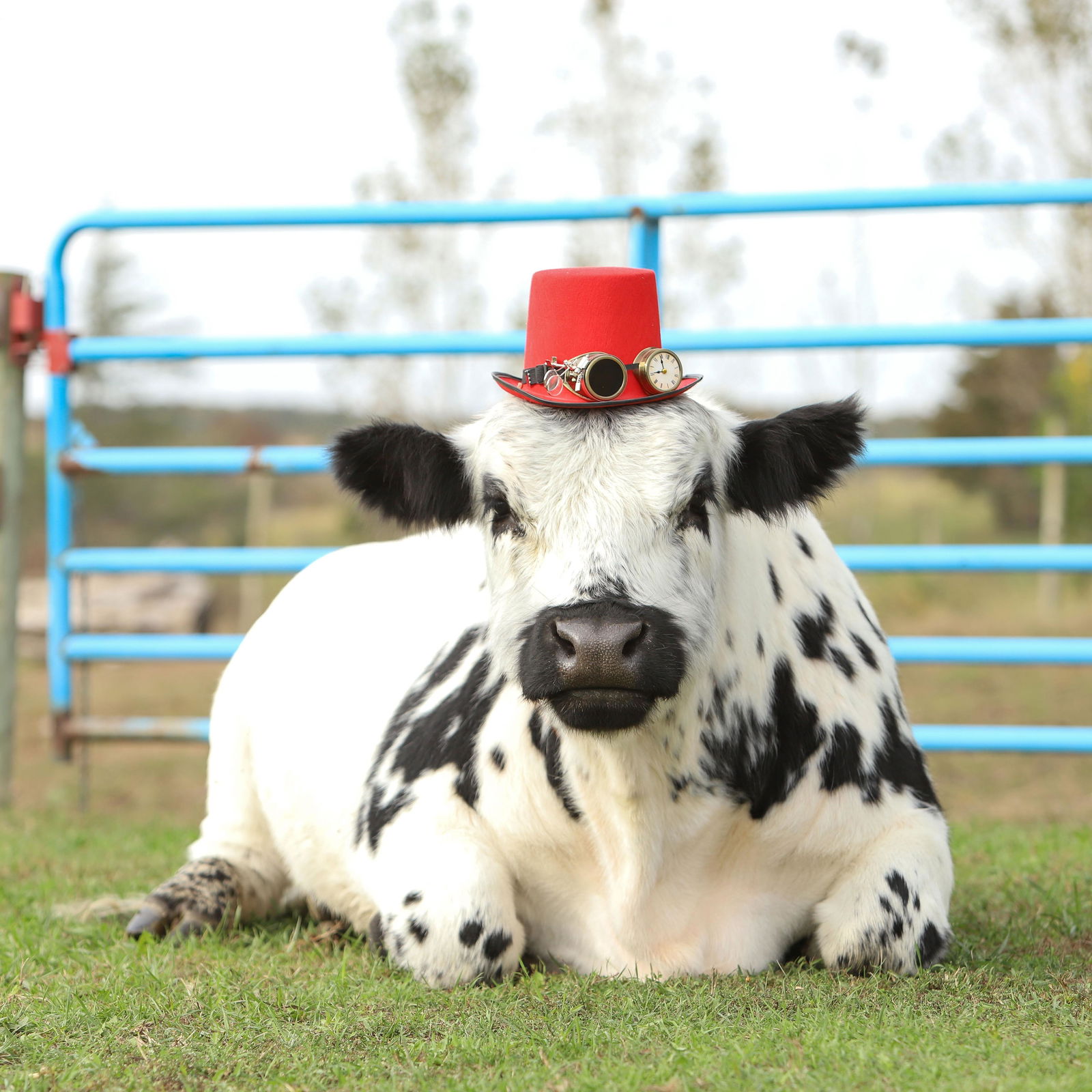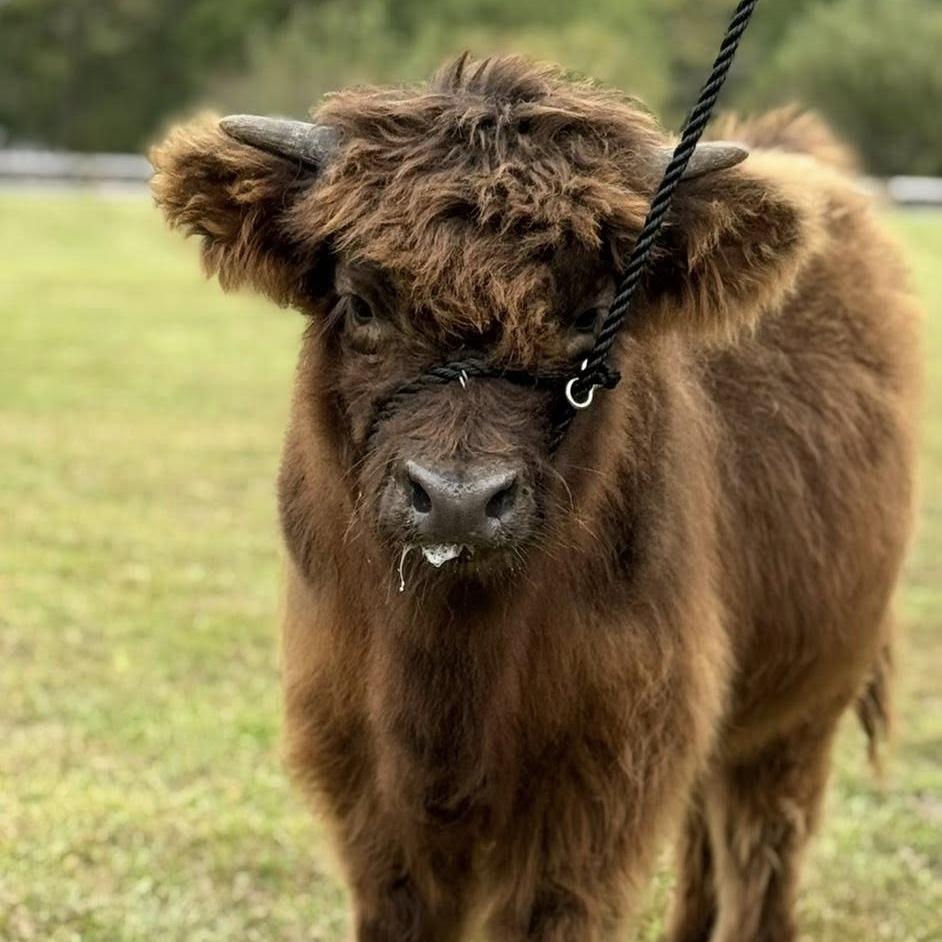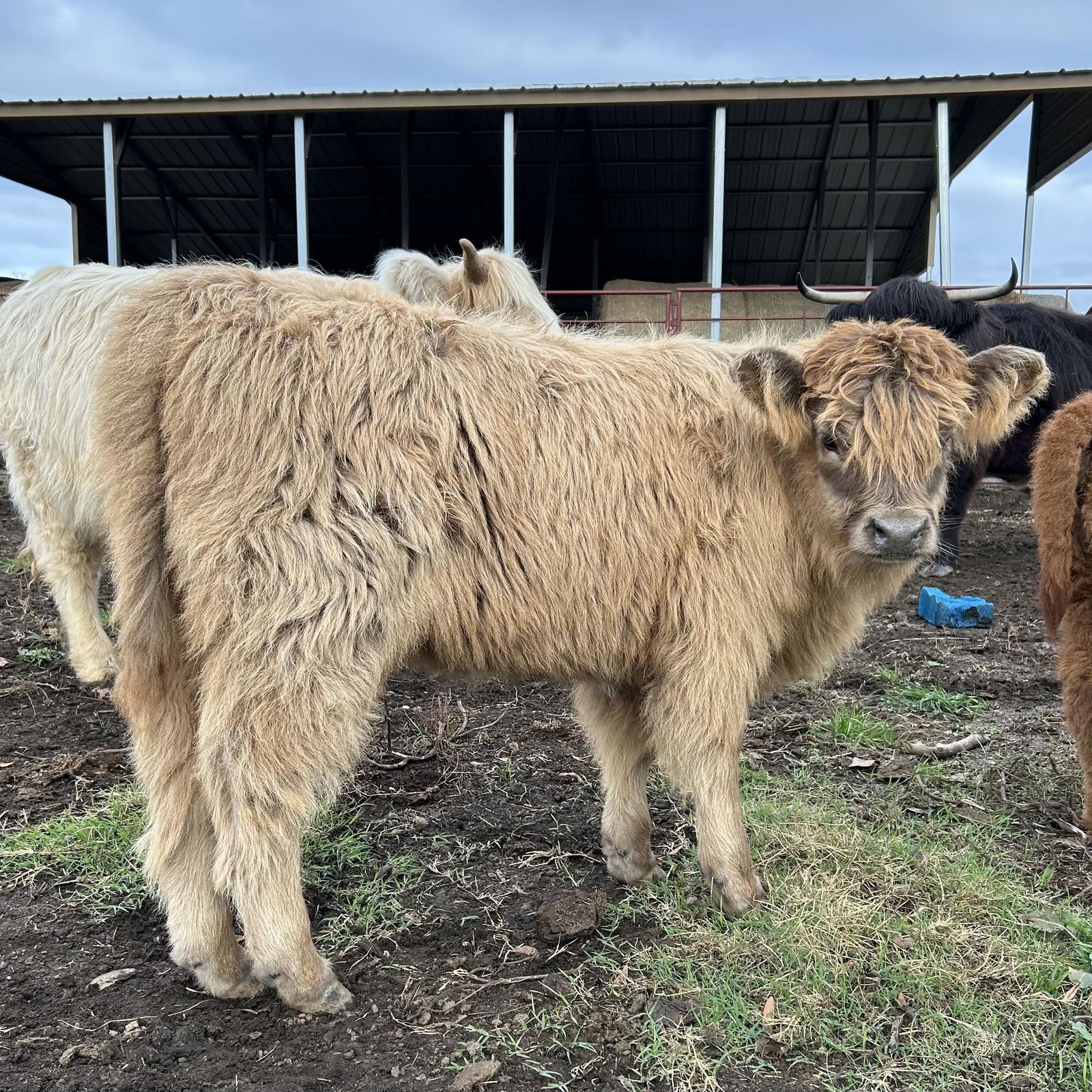
How Much Does a Cat Cost? (2025)
Author: Elliott Garber, DVM
Picture this: You’re scrolling through adorable kitten photos, your heart melting at those tiny whiskers and bright eyes. You can almost hear the purring.
But then reality hits. How much does a cat actually cost?
If you’re asking yourself “how much does a cat cost?” you’re already asking the right question. Too many people fall in love with a fuzzy face without understanding the true financial commitment they’re making.
The honest answer? Cat ownership costs significantly more than most people expect (but it’s also one of the most rewarding investments you’ll ever make).
The numbers might surprise you: bringing home a cat can cost anywhere from $535 to $2,810 in the first year alone, according to recent pet industry research. And that’s just the beginning.
Over a cat’s 15-20 year lifespan, you could spend anywhere from $15,000 to nearly $46,000 on their care.
These aren’t numbers meant to scare you away from cat ownership (they’re meant to help you plan for it properly). Because here’s what we’ve learned: the families who budget realistically from the start are the ones who can provide the best care for their cats without financial stress.
In this comprehensive guide, we’ll break down every expense category so you can make an informed decision about welcoming a feline friend into your life. From that initial adoption fee to the ongoing costs of food and medical care, to those unexpected emergencies that can arise (we’ll cover it all).
Whether you’re considering a mixed-breed shelter cat or specific breeds like American Shorthairs, Himalayans, or Oriental Shorthairs, understanding the costs upfront is crucial.
Why Cat Costs Are Higher Than Most People Expect
When people ask “how much does a cat cost,” they’re often thinking about the adoption fee or buy price.
But experienced cat owners know that the initial cost is just your entry fee into years of ongoing expenses.
Recent studies show that costs have risen significantly due to inflation and higher pet care standards. What’s more concerning is that nearly a third of pet owners weren’t prepared for the financial impact of their pet’s medical needs.
This isn’t about scaring anyone away from the joy of cat ownership. It’s about ensuring that every cat gets the care they deserve and every family can enjoy their pet without financial stress.
Because when you’re prepared, you can focus on what really matters: building that incredible bond with your feline companion.
The good news? Cats are generally more affordable than dogs, and there are smart strategies to manage costs without compromising your cat’s health and happiness.
Here are the specifics.

First Year Cat Costs: Complete Breakdown of Initial Expenses
The first year is typically your most expensive because you’re paying for everything at once: the cat, the gear, and establishing their healthcare foundation.
Here’s exactly what to expect:
Shelter vs Breeder Cat Costs: Price Comparison
Shelter and Rescue Adoption ($0-$300): This is often the most economical path to cat ownership. Most shelters charge $50-$200 in adoption fees, with some municipal shelters running special events where cats can be adopted for free or as little as $25.
What makes shelter adoption such a value is what’s typically included:
- Spay/neuter surgery
- Initial vaccinations
- Microchipping
- Deworming
These services alone can be worth $300-500 if bought separately.
Breeder Buys ($500-$20,000+): If you have your heart set on a specific breed, expect significantly higher costs. Common purebred kittens from reputable breeders typically cost $800-$2,500, with most falling in the $1,000-$2,500 range.
For premium breeds, costs escalate quickly:
| Breed | Typical Price Range | Notes |
|---|---|---|
| Maine Coon | $2,000-$4,000 | Popular large breed, 2025 prices |
| Savannah | $1,500-$20,000+ | Price varies by generation |
| Standard Purebreds | $800-$2,500 | Most common breeds |
Middle Ground Option: Breed-specific rescues often have purebred cats available for $150-$300 (a fraction of breeder prices while still supporting rescue work).
Important Note: If you choose to work with breeders, understanding what makes breeding ethical and responsible can help you identify reputable sources and avoid supporting puppy mills or irresponsible breeding practices. Look for established catteries with good reputations and transparent breeding practices.
Cat Medical Bills First Year: Required Medical Costs
Spay/Neuter Surgery ($0-$500): If you adopt from a shelter, this is typically included. If you acquire an unfixed kitten from another source, budget $200-$500 for the procedure.
Low-cost clinic options can bring this down to $100-$200.

Initial Medical Care ($100-$300): Every new cat needs a wellness exam and age-appropriate vaccinations.
| Service | Cost Range | Notes |
|---|---|---|
| Wellness exam | $50-$100 | Initial health assessment |
| Core vaccines | $20-$50 each | Rabies, FVRCP required |
| Deworming | $20-$40 | Standard parasite treatment |
| Microchipping | $30-$60 | Permanent identification |
| Total typical cost | $100-$250+ | Combined initial care |
Kittens need a series of vaccine boosters over their first 4-6 months, which may require multiple visits. Again, many shelters cover the first round of shots and testing before adoption, providing significant savings.
Cat Supplies Shopping List: Essential Items and Costs
① Litter Box System ($25-$200)
You can start with a basic litter pan for around $10, but most owners prefer covered boxes in the $25-$40 range.
High-end automatic litter boxes can cost $150-$200 or more, though they’re not necessary for cat happiness.
② Initial Litter Supply ($15-$30)
Start with a large box of quality clumping litter. While clumping litters cost more upfront than plain clay, they last longer and make maintenance easier.
③ Essential Equipment ($60-$200)
| Item | Cost Range | Priority |
|---|---|---|
| Food and water bowls | $5-$20 | Essential |
| Secure carrier | $20-$100 | Essential for medical visits |
| Scratching post/pad | $15-$300 | Protects furniture |
| Cozy bed | $20-$60 | Comfort item |
④ Additional Supplies ($50-$110)
- Toys and Enrichment ($20-$50): A few balls, toy mice, or a feather wand will get you started
- Grooming essentials ($10-$20): Brush, nail clippers
- Safety items ($15-$40): Collar, ID tag, cleaning supplies
Smart Shopping Tip: You don’t need to buy everything immediately. Start with the essentials (litter box, food, carrier, scratching post) and add items gradually as you learn your cat’s preferences.
Fun Planning Tool: Once you’ve got the essentials covered, why not start planning ahead? Our cat name generator can help you brainstorm the perfect name for your new feline family member while you’re setting up their new home.
First Year Cat Budget: Total Cost Breakdown
| Category | Budget Range | Premium Range |
|---|---|---|
| Adoption/Buy | $0-$300 | $500-$20,000+ |
| Medical Care | $100-$300 | $300-$800 |
| Essential Supplies | $150-$400 | $400-$1,000 |
| Total First Year | $535-$1,300 | $1,200-$2,810+ |
Annual Cat Expenses: What to Budget Each Year
Once your cat is settled in, you’ll have predictable monthly and yearly expenses. Understanding these helps you budget properly and avoid financial surprises.
Monthly Cat Food Costs: Budget Planning Guide
Monthly Food Costs ($20-$50+): A healthy adult cat typically consumes $20-$50 worth of food per month depending on the type and brand.
Annual Food Budget Breakdown:
| Diet Type | Annual Cost | Monthly Average |
|---|---|---|
| Basic dry kibble | ~$250-$450 | $20-$38 |
| Premium/wet food | $600-$1,000 | $50-$83 |
| Specialty/raw diets | Up to $1,800 | $150 |
| Treats (additional) | $60-$180 | $5-$15 |
Money-Saving Strategy: Buying in bulk or setting up auto-ship subscriptions often saves 5-10%. You don’t need the most expensive brand to keep your cat healthy (there are excellent mid-range options that provide complete nutrition).

Cat Litter Monthly Cost: Ongoing Expense Planning
Monthly Litter Expenses ($15-$30): For one cat under normal conditions, expect to spend $15-$30 per month on litter, which translates to $180-$360 annually.
This varies based on your cat’s size, the type of litter you choose, and how frequently you change it.
Annual Litter Cost Range: Recent analysis shows annual litter costs typically fall between $150-$720 per cat (the lower end for bulk budget litter, the higher end for premium products or extra-clean households).
Additional Supplies: Factor in litter box liners, deodorizers, or additives (a few dollars monthly) to extend litter effectiveness and control odors.
Annual Cat Medical Costs: Wellness Care Budget
Annual Wellness Care ($200-$400): Don’t skip regular checkups (they’re crucial for catching problems early when they’re less expensive to treat).
Routine medical care including yearly wellness exams, vaccines as needed, and basic parasite prevention typically costs $200-$300 per year for a healthy adult cat.
Some industry reports show basic preventive care averaging $374-$965 per year, though the higher end likely includes additional services like dental cleanings.
Typical Wellness Visit Breakdown:
| Service | Cost Range | Frequency |
|---|---|---|
| Annual exam | $50-$100 | Yearly |
| Vaccine boosters | $20-$50 each | As needed |
| Basic lab work | $50-$150 | If recommended |
| Flea/tick prevention | $10-$20/month | Regional variation |
Dental Care: Professional dental cleanings aren’t needed annually for most cats, but when recommended (typically in middle age), they cost $300-$800.
This significant expense prevents more serious dental diseases down the road.
Wellness Plans: Some practices offer wellness plans ($10-$15/month) that spread out the cost of routine care and may include discounts on additional services.

Cat Insurance and Grooming: Optional Costs
Pet Insurance ($32/month average): While not mandatory, pet insurance averaged $384 per year in 2024 (around $32 monthly for accident/illness coverage).
This can provide significant protection against expensive emergency bills.
Grooming ($0-$200/year): Most cats handle their own grooming, but long-haired breeds like Persian cats, Maine Coons, and Norwegian Forest Cats may occasionally need professional help.
Grooming sessions cost $50-$100, and nail trims run $15-$30 if you prefer professional service.
Supply Replacement and Extras ($100-$300/year): Budget for replacing worn items, adding new toys, and purchasing cleaning supplies. This “miscellaneous” category covers the little things that add up over time.
Annual Cat Ownership Costs: Complete Budget
| Budget Level | Annual Cost | Monthly Average |
|---|---|---|
| Frugal but responsible | $700-$800 | $58-$67 |
| Average cat owner | $900-$1,200 | $75-$100 |
| Premium cat care | $2,000+ | $167+ |
| Recommended baseline | $960 | $80 |
Cat Emergency Medical Costs: Expensive Bills to Plan For
Here’s the sobering reality: 37% of pet owners weren’t prepared for the financial impact of their pet’s medical needs.
While we hope your cat lives a long, healthy life, emergencies do happen, and they often come with substantial bills.
Cat Emergency Surgery Costs: What to Expect
| Emergency Type | Cost Range | Notes |
|---|---|---|
| Emergency clinic exam | $100-$200 | Just the basic examination |
| Diagnostic testing | $200-$600 | X-rays or ultrasounds |
| Hospitalization (3-5 days) | $1,500-$3,500 | IV treatment, varies by condition/location |
| Urinary blockage treatment | $750-$3,000+ | Emergency unblocking; surgical PU costs $2,200-$4,400 |
| Foreign object removal | ~$2,000 | Surgical intervention |
| Fracture repair | $600-$7,500+ | Simple to complex; most $1,500-$4,000 |
Chronic Condition Management: Long-term illnesses like diabetes, kidney disease, or cancer can involve ongoing costs of hundreds to thousands of dollars over time.

Cat Emergency Fund: How Much to Save
Minimum Emergency Fund: Keep at least $500-$1,000 set aside specifically for pet emergencies. While this covers minor incidents and gives you time to arrange additional funding, be aware that major emergencies can cost $3,000+.
Pet Insurance Consideration: If you choose insurance, it can reimburse 50-90% of qualified expenses after meeting your deductible. This can save thousands during a major health crisis.
Alternative Options: If insurance doesn’t fit your budget, consider:
- Building a larger dedicated pet emergency fund
- CareCredit or similar medical financing
- Discussing payment plans with your care provider
Additional Unexpected Costs: Beyond medical emergencies, budget for occasional surprises like:
- Damage to furniture or household items
- Pet deposits and monthly pet rent in housing ($20-$45/day for boarding)
- Pet-sitting or boarding costs during travel
The Bottom Line: If you genuinely cannot handle a $1,000+ medical emergency, consider waiting to get a cat until you have better financial cushion.
Every cat deserves access to necessary medical care.

Total Lifetime Cost of Owning a Cat (15-20 Years)
When you commit to a cat, you’re making a 15-20 year financial commitment.
With moderate annual spending of around $1,000 (after the higher first-year costs), plus occasional major expenses, you’re looking at roughly $15,000-$25,000 over your cat’s lifetime.
This aligns with recent research, which found total cat ownership costs ranging from $15,000 on the conservative end up to $45,000 for cats receiving premium care.
The higher figures typically include:
- Cats with longer lifespans (18-20 years)
- Multiple major medical procedures
- Premium food and care throughout life
- Regular professional grooming for long-haired breeds
Cat Ownership Cost Per Day: Value Analysis
Yes, $15,000-$25,000 is a significant investment.
But consider what you get in return:
15-20 years of daily companionship breaks down to roughly $2-$4 per day invested in:
- Stress reduction and emotional support
- Entertainment and laughter
- The satisfaction of providing a loving home
- Life lessons in responsibility and care
When you think about it that way, it’s one of the best investments you can make.
How to Afford a Cat: Money-Saving Strategies
Don’t let the numbers overwhelm you. Millions of people successfully budget for cat ownership, and there are proven strategies to keep costs reasonable without compromising your cat’s welfare.
Cheap Cat Adoption: Finding Affordable Options
Choose Shelter Adoption: Not only is the adoption fee lower than breeder prices, but you typically get $300-500 worth of medical services included.
You’re also giving a deserving cat a second chance.
Explore Breed-Specific Rescues: If you have your heart set on a particular breed like Persian cats, Siamese cats, or British Shorthairs, breed-specific rescues often have purebreds available for adoption at much lower costs than breeders.
Consider Adult Cats: Kittens are adorable but often cost more to adopt. Adult cats (1-7 years) are typically less expensive and may already be trained and socialized.
Look for Special Events: Many shelters run reduced-fee adoption events, especially during kitten season or around holidays.
Budget Cat Supplies: Smart Shopping Tips
Buy in Bulk: Buy food and litter in larger quantities for better per-unit pricing. Set up auto-ship subscriptions for additional savings.
Start Simple, Upgrade Later: Begin with basic, functional supplies and upgrade based on what your cat actually prefers. A $20 scratching post may serve you as well as a $200 cat tree.
Shop Secondhand: Check local community groups, thrift stores, or online marketplaces for gently used carriers, cat trees, and other durable items.
DIY Entertainment: Cats are easily entertained by homemade toys and cardboard boxes. Crumpled paper balls, empty boxes, and ribbon on a stick provide hours of fun.
Affordable Cat Care: Saving on Medical Costs
Invest in Preventive Care: Regular checkups and vaccinations prevent costly problems later.
A $20 ear mite treatment now is better than expensive ear damage later.
Keep Your Cat Indoors or Supervised: Indoor cats face fewer dangers, diseases, and injuries, leading to lower medical bills over time.
Research Local Options: Many areas have low-cost vaccination clinics and spay/neuter programs that offer services at reduced rates.
Build Your Emergency Fund Gradually: Even saving $25/month creates a $300 emergency fund within a year.
Consider Pet Insurance Early: Insurance premiums are typically lower for young, healthy cats. Even basic accident coverage can prevent financial disaster.
Two Cat Cost: Multi-Cat Budget Planning
If you end up with multiple cats, there are some economies of scale. Two cats can often share larger litter boxes and bulk food buys. While multi-pet discounts are commonly offered by pet insurance companies, direct clinic discounts for multiple pets are less standard.
Budget roughly double for two cats, with a small additional cushion for individual health differences.
Breed Considerations: If you’re interested in specific breeds, research their typical health profiles and care requirements. Some breeds like Scottish Folds may have unique health considerations, while others like Russian Blues are generally known for robust health.
Popular breeds to research include Bengal cats, Ragdoll cats, and Sphynx cats, each with their own care requirements and cost considerations.
Can You Afford a Cat? Financial Readiness Checklist
After absorbing all these numbers, you need to honestly assess your financial readiness.
Here are the key questions to consider:
Cat Monthly Budget: Can You Afford $80-120?
Can you comfortably afford $80-$120 per month for ongoing cat care without straining your other financial obligations?
This covers food, litter, basic medical care, and some emergency fund contributions.
Cat Emergency Fund: Do You Have $1,000-3,000?
Do you have a plan for handling a $1,000-$3,000 medical emergency?
This could be:
- Pet insurance that would cover 70-90% of the cost
- An emergency savings fund dedicated to pet care
- Access to credit or financing options
- A clear understanding that you’d find a way to provide necessary care
15-20 Year Cat Commitment: Long-Term Planning
Are you prepared for a 15-20 year financial commitment that will likely total $15,000-$25,000?
Consider your life stage, career stability, and future financial goals.
Cat Care Requirements: Time and Space Needs
Beyond money, do you have the time and living situation to properly care for a cat?
They need daily attention, mental stimulation, and a stable environment.

Not Ready for a Cat? Alternative Options
If you answered “no” or “I’m not sure” to any of these questions, it may be wise to wait until you’re more financially stable.
Consider these alternatives in the meantime:
- Foster cats for local rescues (organizations often cover medical costs)
- Volunteer at animal shelters
- Pet-sit for friends and neighbors
- Build your emergency fund while researching cat care
Helpful Resource: If you’re still in the planning phase, explore our comprehensive guides on different cat breeds to understand their specific care requirements and potential costs. Each breed has unique characteristics that can affect long-term expenses.
Smart Cat Ownership: Making the Financial Commitment
Understanding how much a cat costs is the first step toward becoming a prepared, responsible cat owner.
The numbers we’ve shared aren’t meant to discourage you (they’re meant to empower you to make informed decisions and provide excellent care for your future feline companion).
For those ready to move forward: You now have realistic budget expectations and smart strategies to manage costs. Start building your emergency fund, research local care options, and begin shopping for the basics.
For additional guidance on responsible animal buys, our resources can help you navigate the buying process safely and ethically.
When you do find your perfect cat, you’ll be ready to provide a lifetime of excellent care.
For those who need more time: That’s perfectly okay. Waiting until you’re financially prepared is the most responsible choice you can make (for both yourself and your future cat).
Use this time to save up, research, and plan. Your future feline friend will be worth the wait.
Remember the bigger picture: While cat ownership requires a significant financial investment, the rewards are immeasurable.
The daily companionship, stress relief, entertainment, and unconditional love that cats provide make them one of life’s best investments.
By planning properly and budgeting wisely, you’re setting yourself up to enjoy every moment of the incredible journey that is cat ownership.
At Creatures.com, we believe in supporting informed, responsible animal ownership. Whether you’re adopting from a shelter or purchasing from a reputable breeder, the key is understanding your commitment and being prepared to honor it fully.
Here’s to the start of a beautiful, well-planned relationship with your future feline friend.

 All Species & Breeds
All Species & Breeds
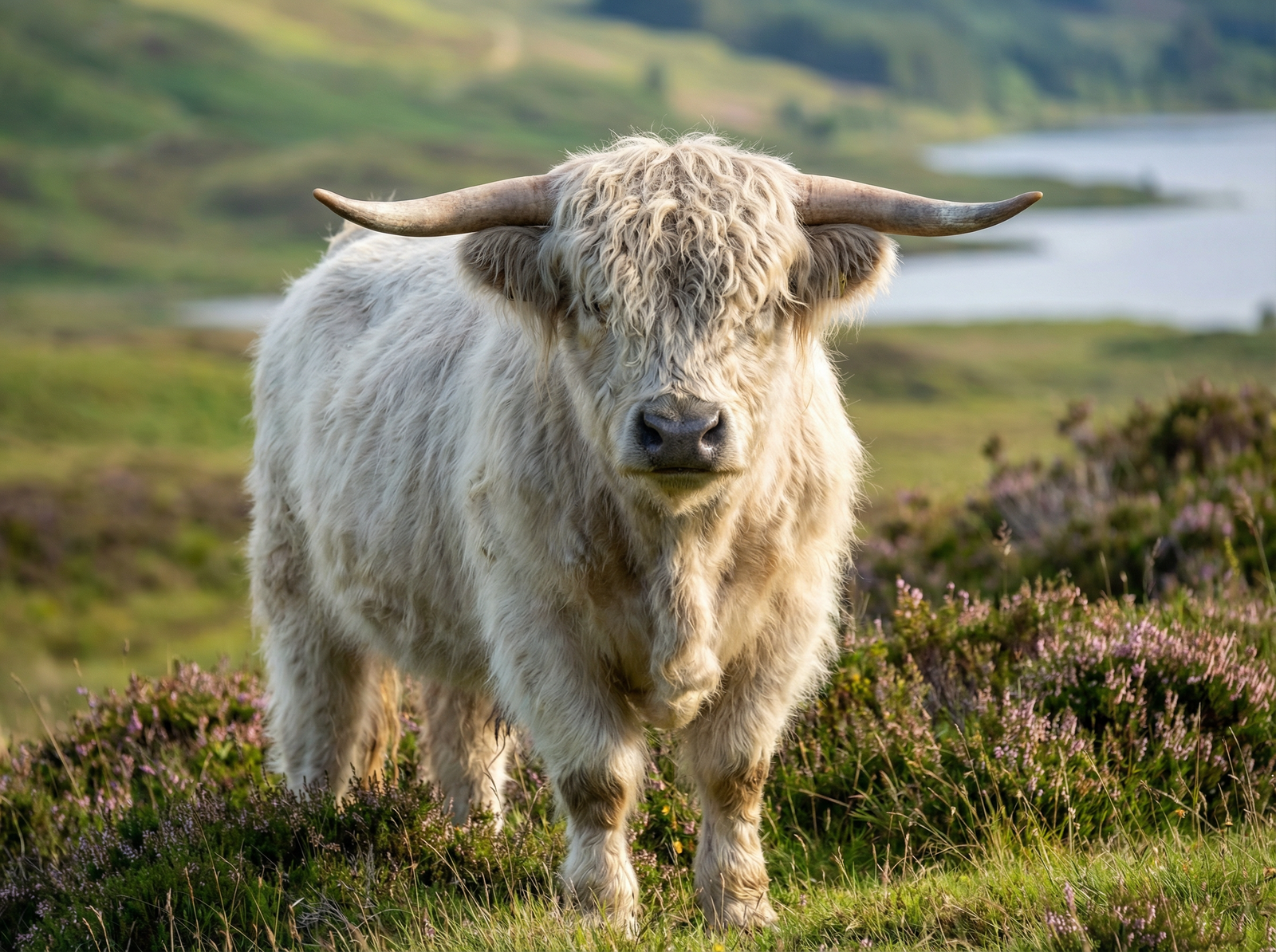 Highland Cattle
Highland Cattle
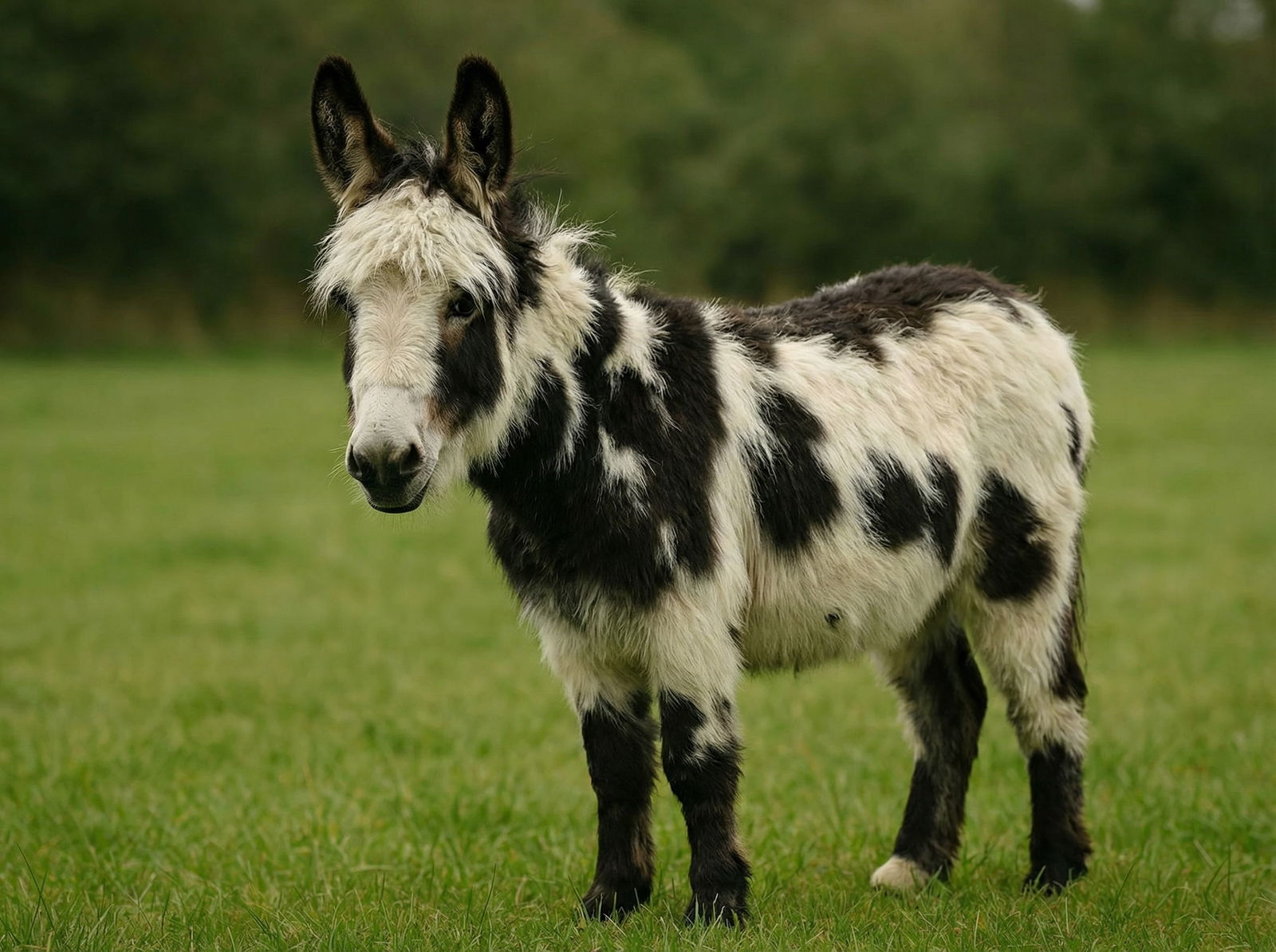 Miniature Donkeys
Miniature Donkeys
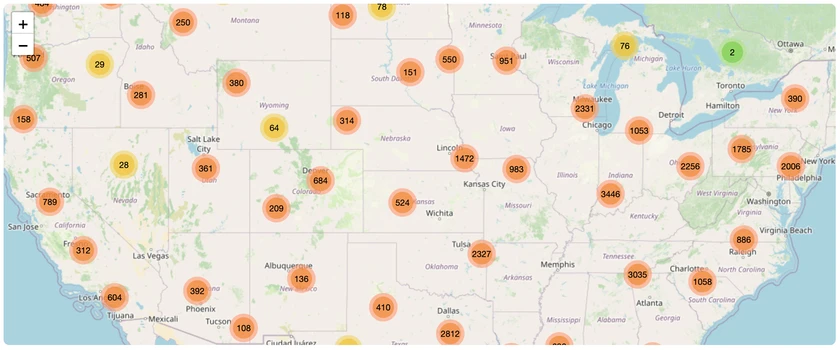 All Species Directory
All Species Directory
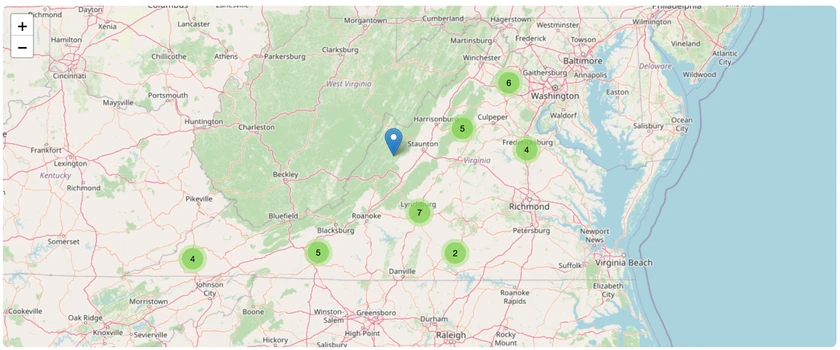 Highland Cattle in Virginia
Highland Cattle in Virginia
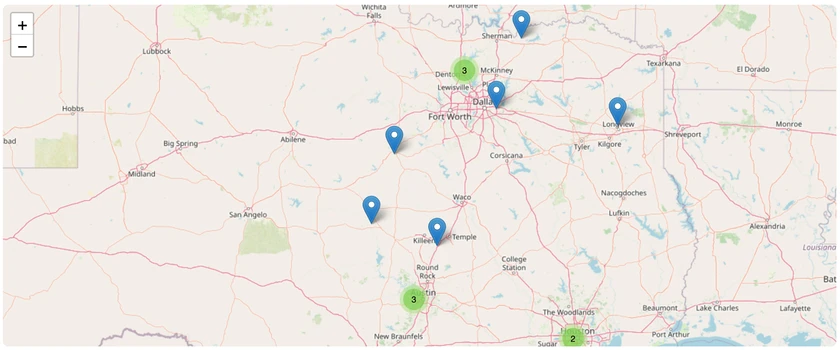 Miniature Donkeys in Texas
Miniature Donkeys in Texas
